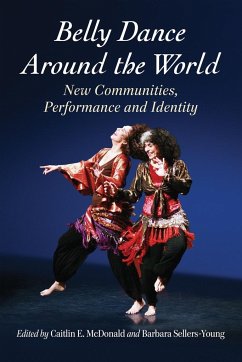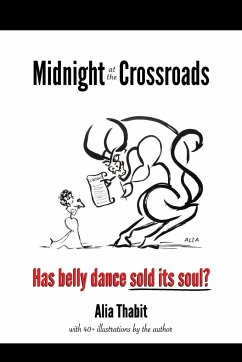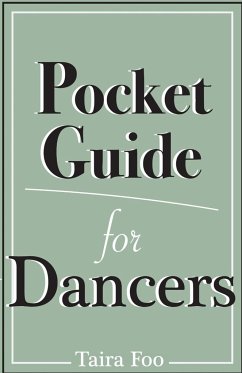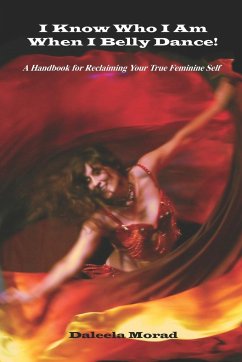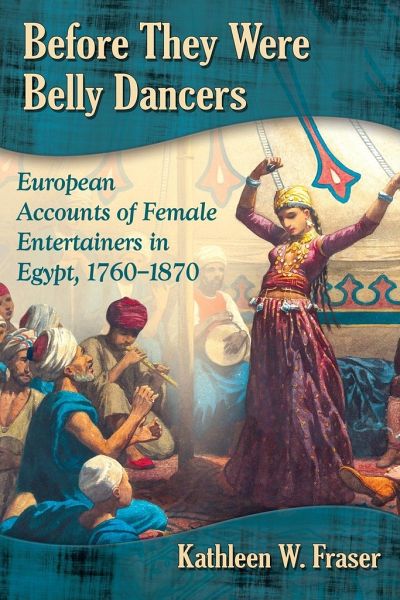
Before They Were Belly Dancers
European Accounts of Female Entertainers in Egypt, 1760-1870
Versandkostenfrei!
Versandfertig in 1-2 Wochen
35,99 €
inkl. MwSt.

PAYBACK Punkte
18 °P sammeln!
Focusing on Egypt during the period 1760 to 1870, this book fills in some of the historical blanks for a dance form often known today in the Middle East as raqs sharki or raqs baladi, and in Western countries as "belly dance." Eyewitness accounts written by European travelers, the major primary source for modern scholars, provide most of the research material. The author shapes these numerous accounts into a coherent whole, providing a picture of Egyptian female entertainers of the period as professionals in the arts, rather than as a group of unnamed "ethnic" dancers and singers. Analysis is ...
Focusing on Egypt during the period 1760 to 1870, this book fills in some of the historical blanks for a dance form often known today in the Middle East as raqs sharki or raqs baladi, and in Western countries as "belly dance." Eyewitness accounts written by European travelers, the major primary source for modern scholars, provide most of the research material. The author shapes these numerous accounts into a coherent whole, providing a picture of Egyptian female entertainers of the period as professionals in the arts, rather than as a group of unnamed "ethnic" dancers and singers. Analysis is given of the contexts of this dance--that was a legitimate performing art form in Egyptian society appreciated by a wide variety of audiences--with a focus on actual performances--and a re-creation of choreography.




